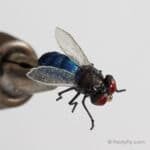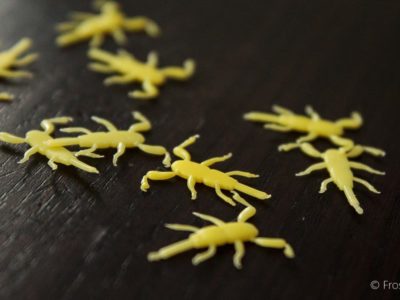Hemingway’s Realistic Ephemera Danica Nymph Buds & Back
Hemingway’s Realistic Ephemera Danica Nymph Wing Buds & Back is a distinctive fly tying material making tying of this nymph easy and affordable, and most of all very life-like. They are already precut, preformed, self-adhesive, and ready to use – simply take the parts off the backing sheets and tie them on. The printing on them is very authentic in the looks, size, and proportions of the real insect. By using this material you can cut the time spent on tying Ephemera Danica nymphs and have an end result looking like the real insect. The material is quite soft and flexible, yet durable and can withstand many takes. These fly parts are waterproof and UV resistant, protected from the elements.
Ideally complemented with other fly tying parts from our Realistic Ephemera Danica Nymph collection: Body and Legs.
Comes in Yellow and three sizes: Small, Medium, and Large.
Small: 24 sets per pack
Medium and Large: 18 sets per pack
How to fish Ephemera Danica Nymph Patterns
There are four major groups of mayfly nymphs, each with its specific shape, movement, and behavior: swimmers, clingers, burrowers, and crawlers. Each of these groups is asking for its specific gradation in pattern and presentation of the fly. Ephemera Danica mayfly nymph belongs to a borrowers group.
Burrowers live in calm, slow waters and have long bodies and short, but very strong legs with large claws which enable them to dig protective burrows in the gravel of the river bottom. They have pale, yellowish bodies and are mostly nocturnal. They breathe through gills located on the upper side of their backs. Their tails and abdomen area are fringed and feathery. Fish can find burrowers when they come out of their hiding – at night to eat or in times of a hatch, which also happens when it’s dark – starting in late evenings. To fish burrowers, drifting along the bottom would be your best bet. Due to their size – they are a tasty meal for the trout that rarely gets passed. In size, they range from #4 to #10, most common being #8 and #10.
Learn about the mayfly lifecycle, different stages they go through, and how to fish mayfly nymph patterns, check out our blog post here.

























Reviews
There are no reviews yet.